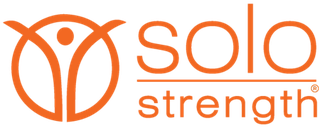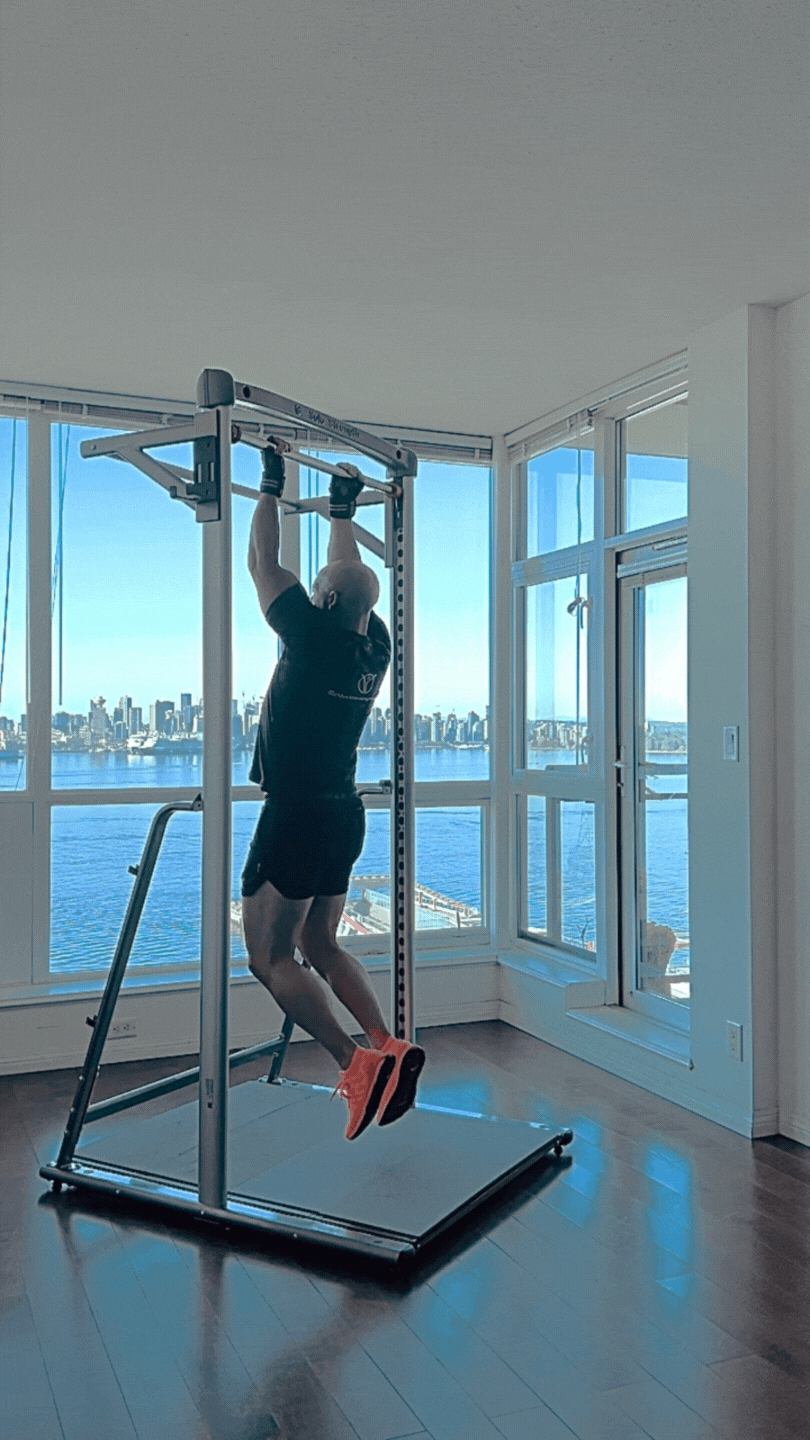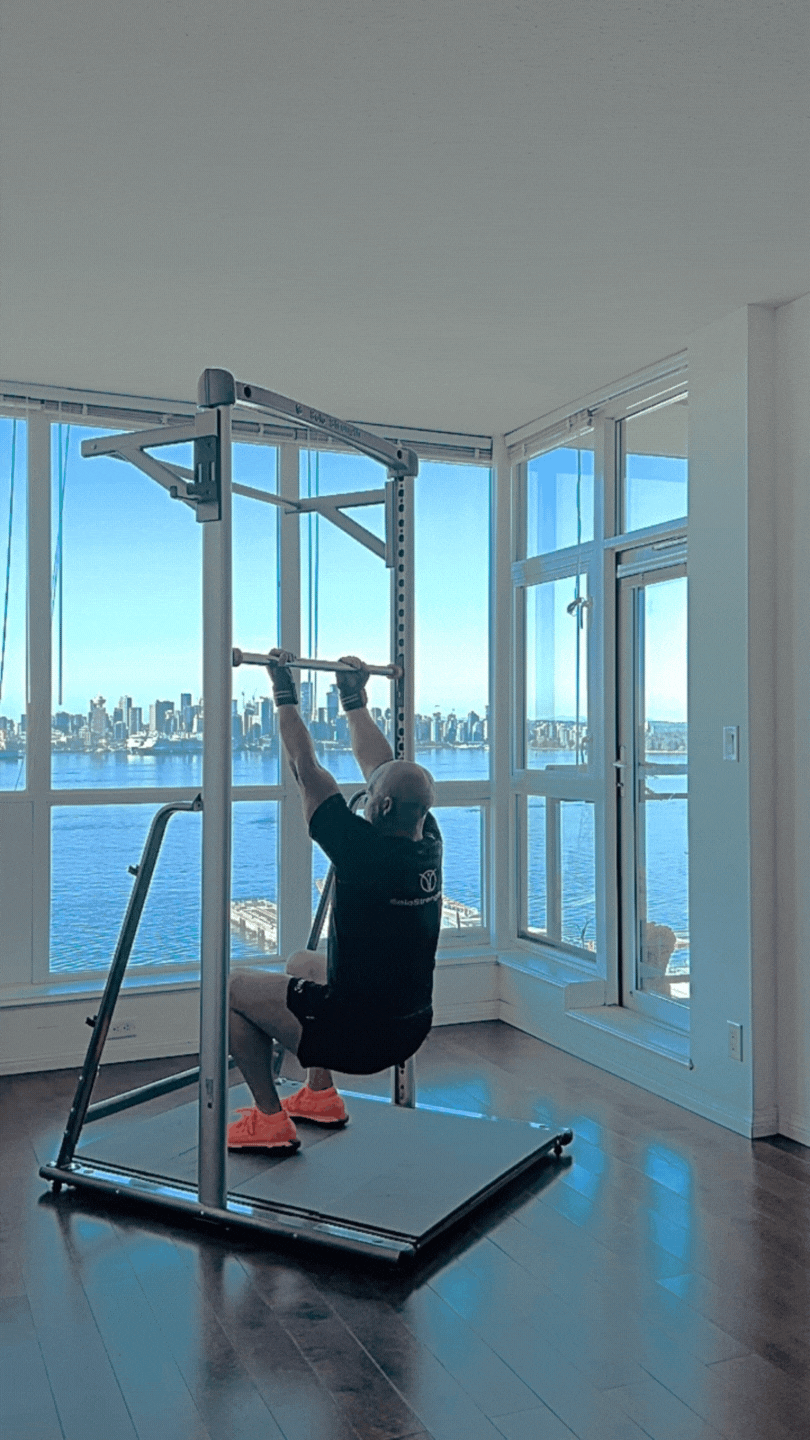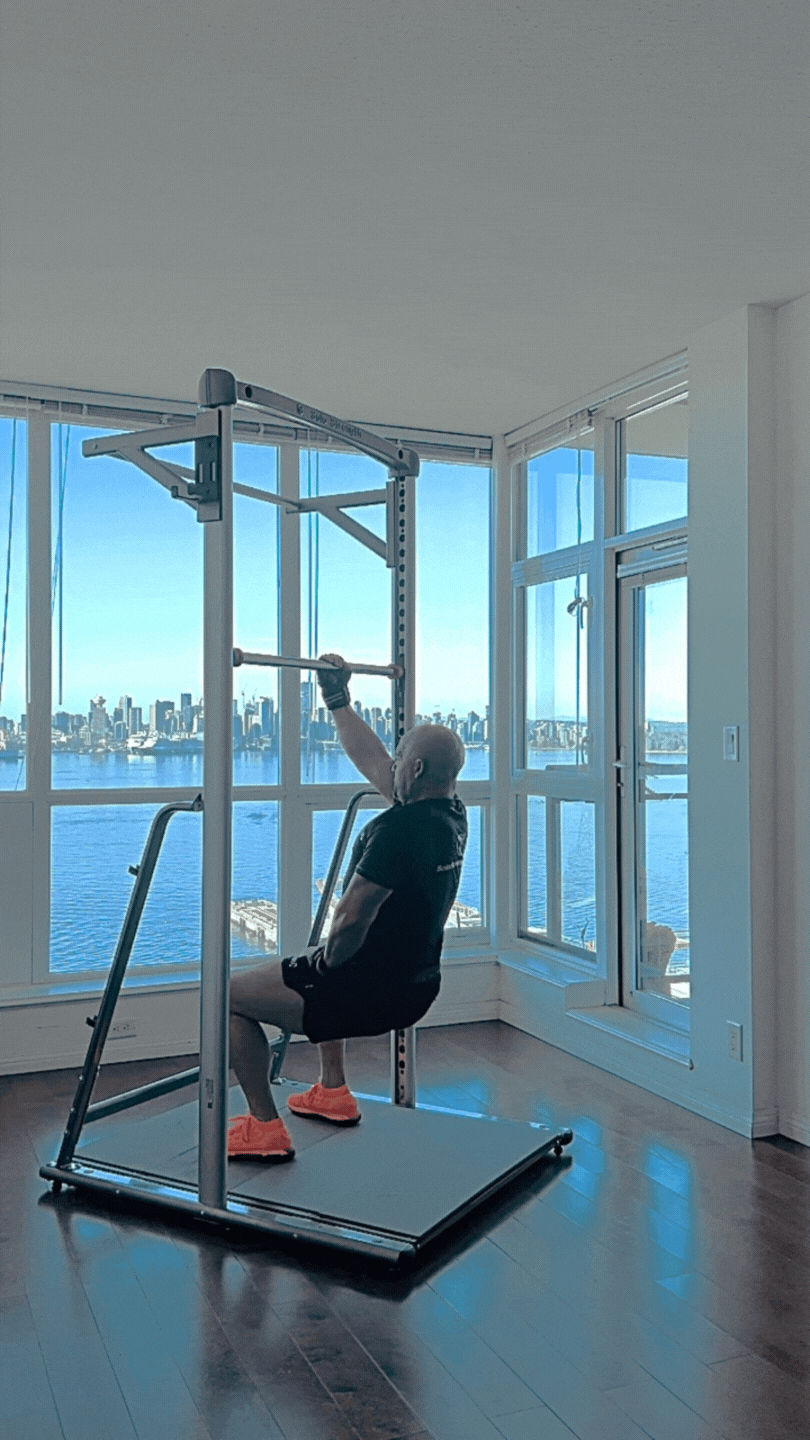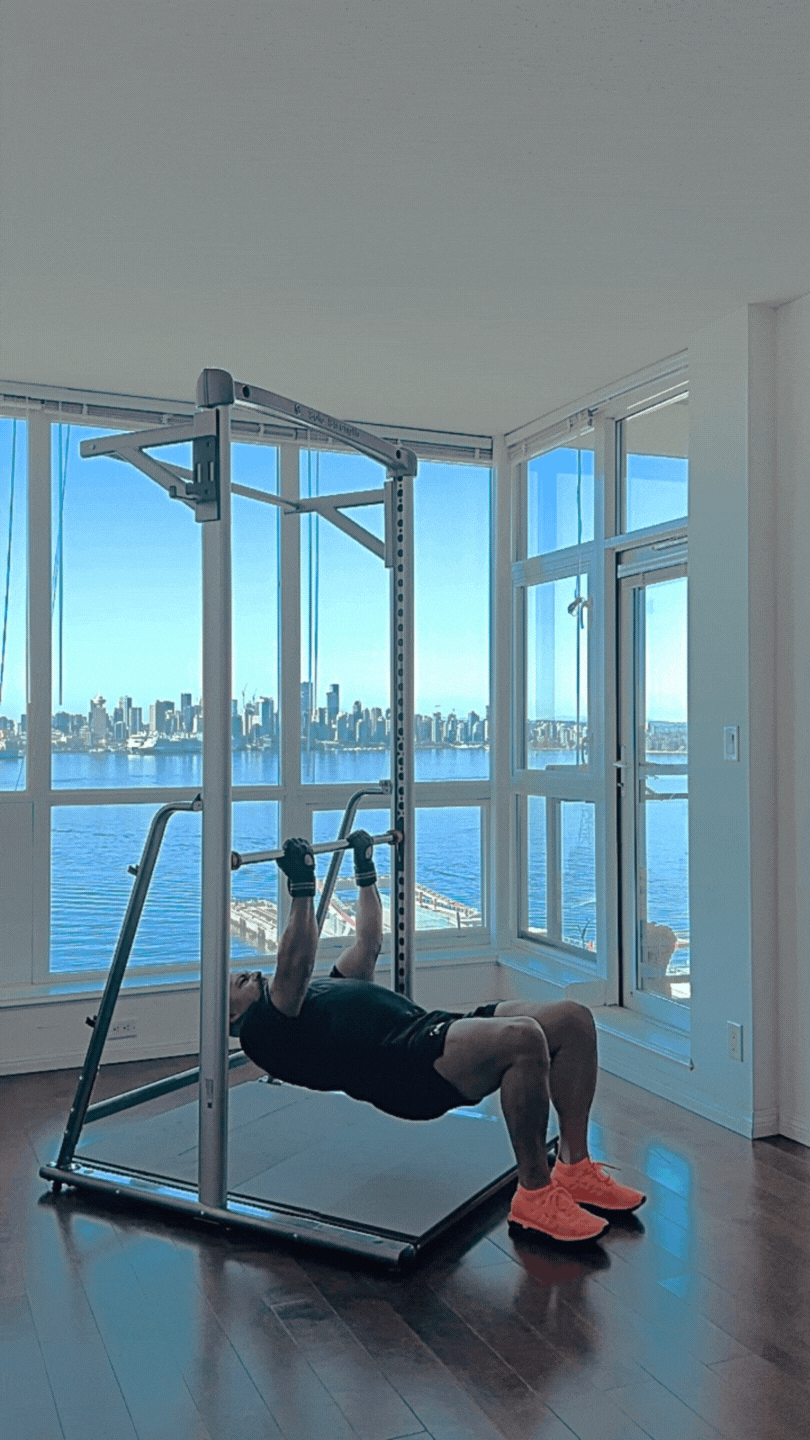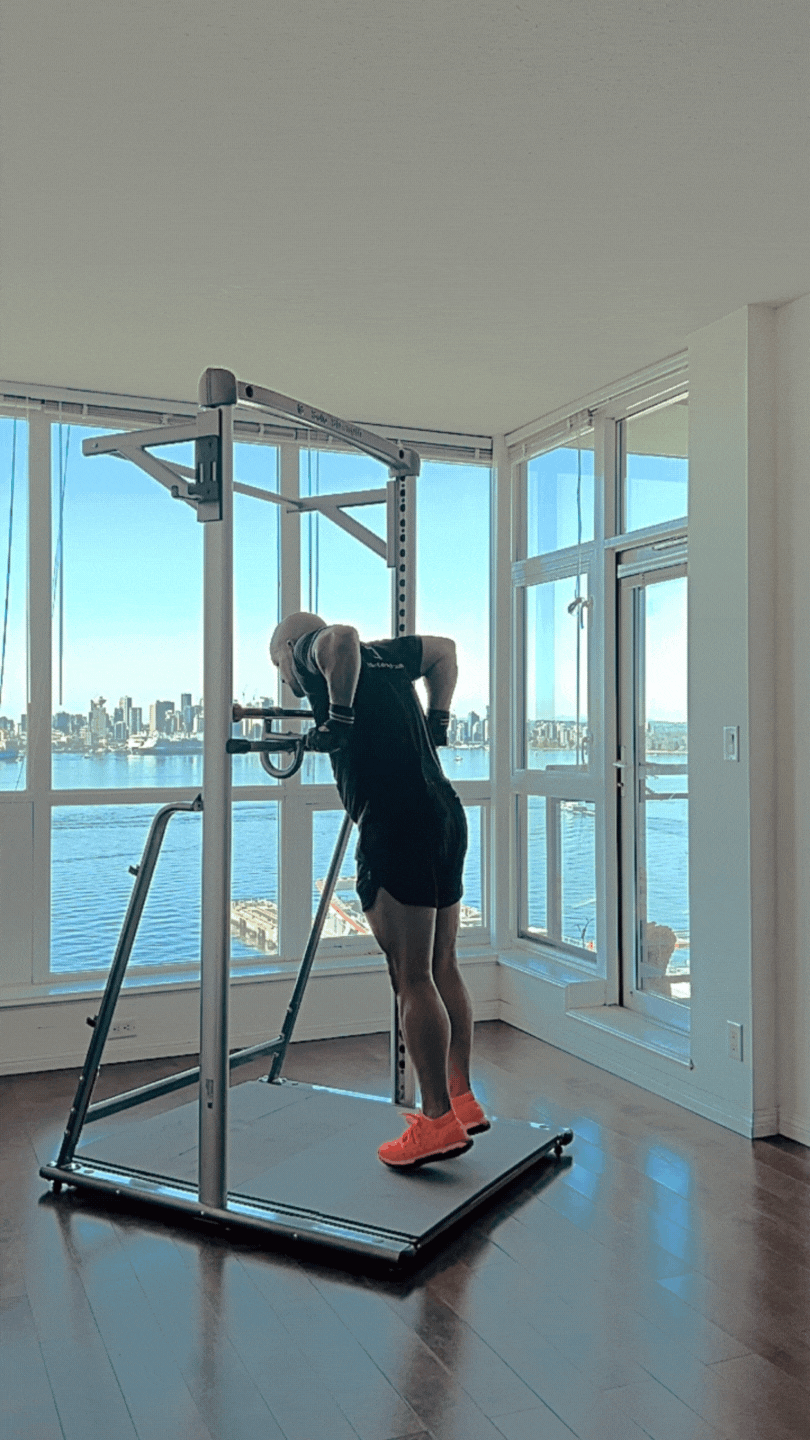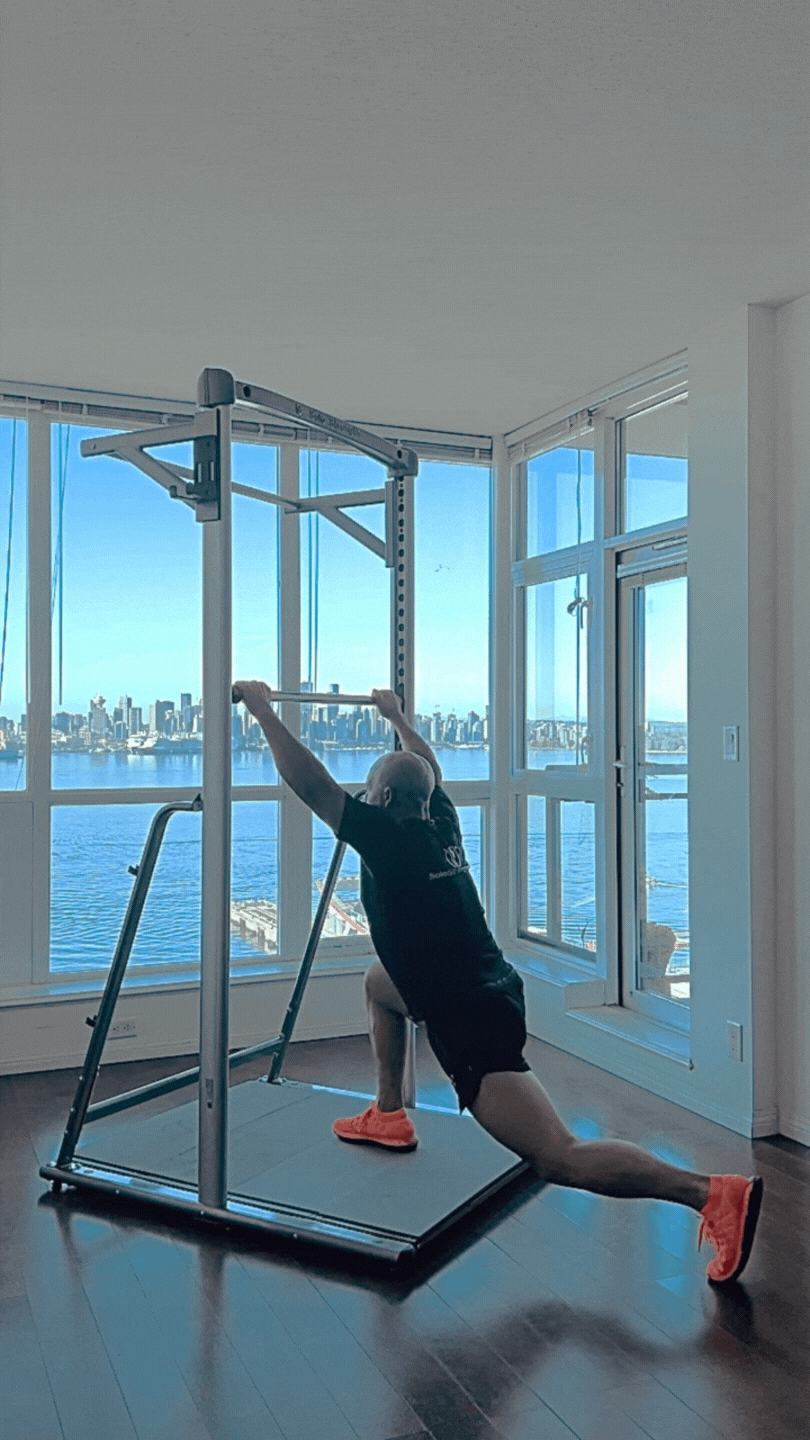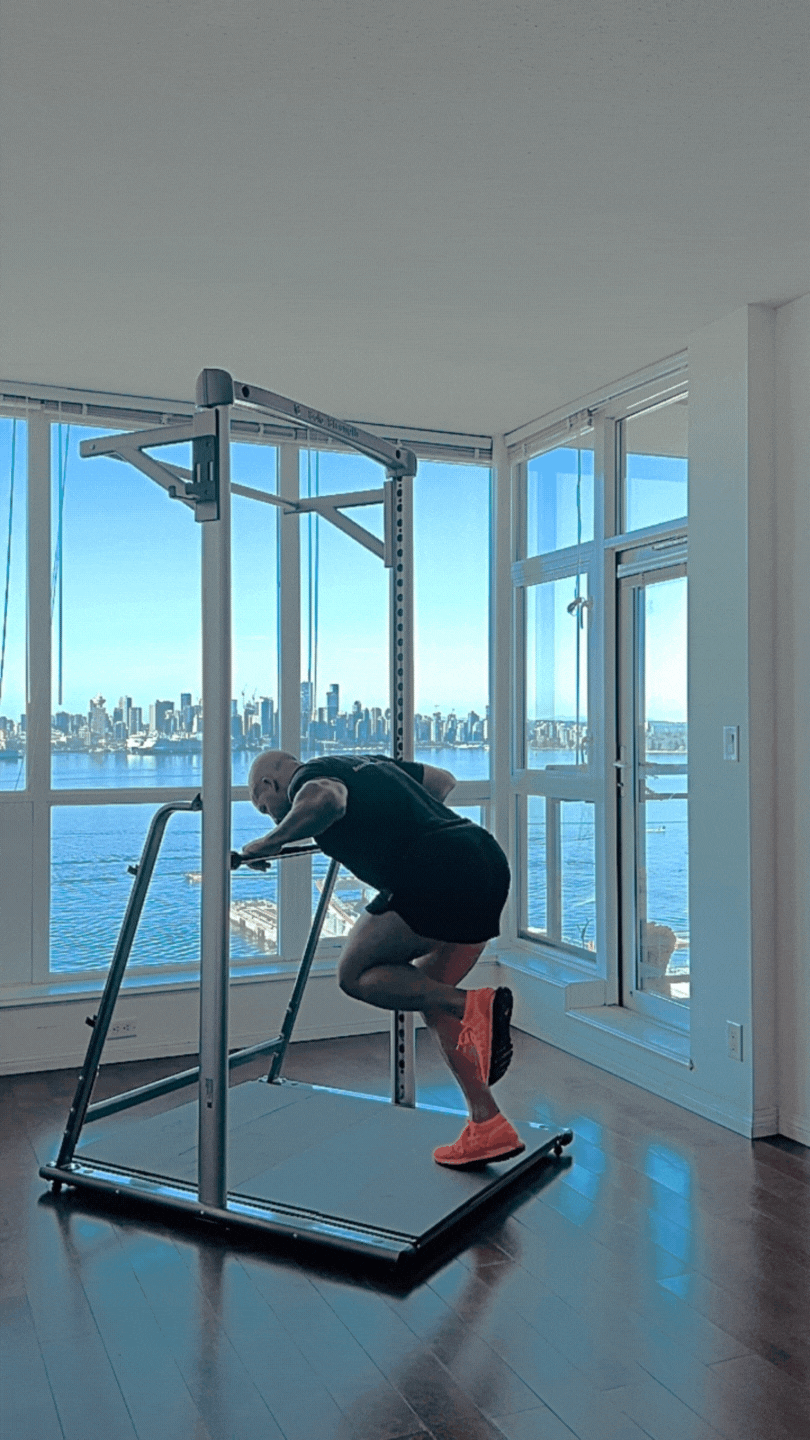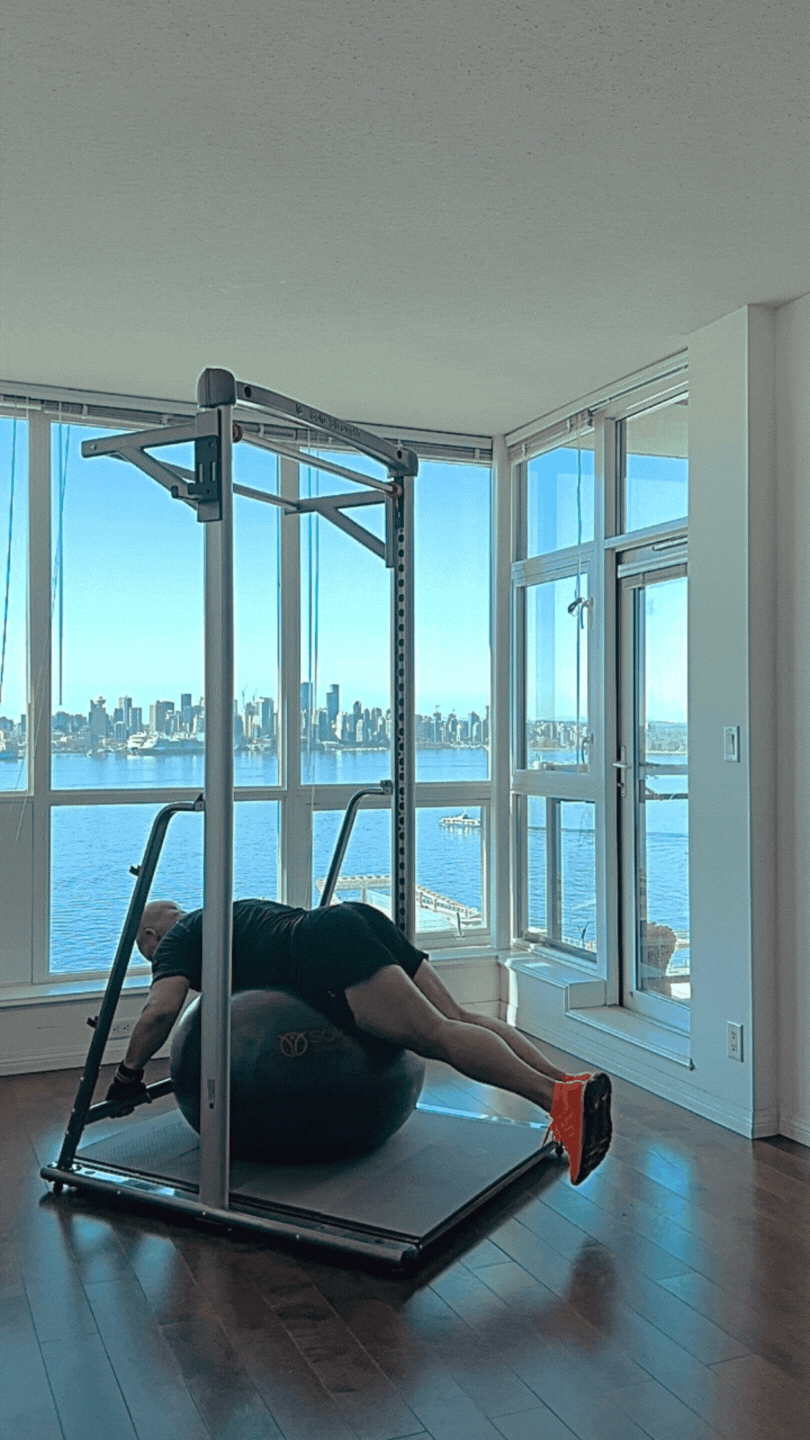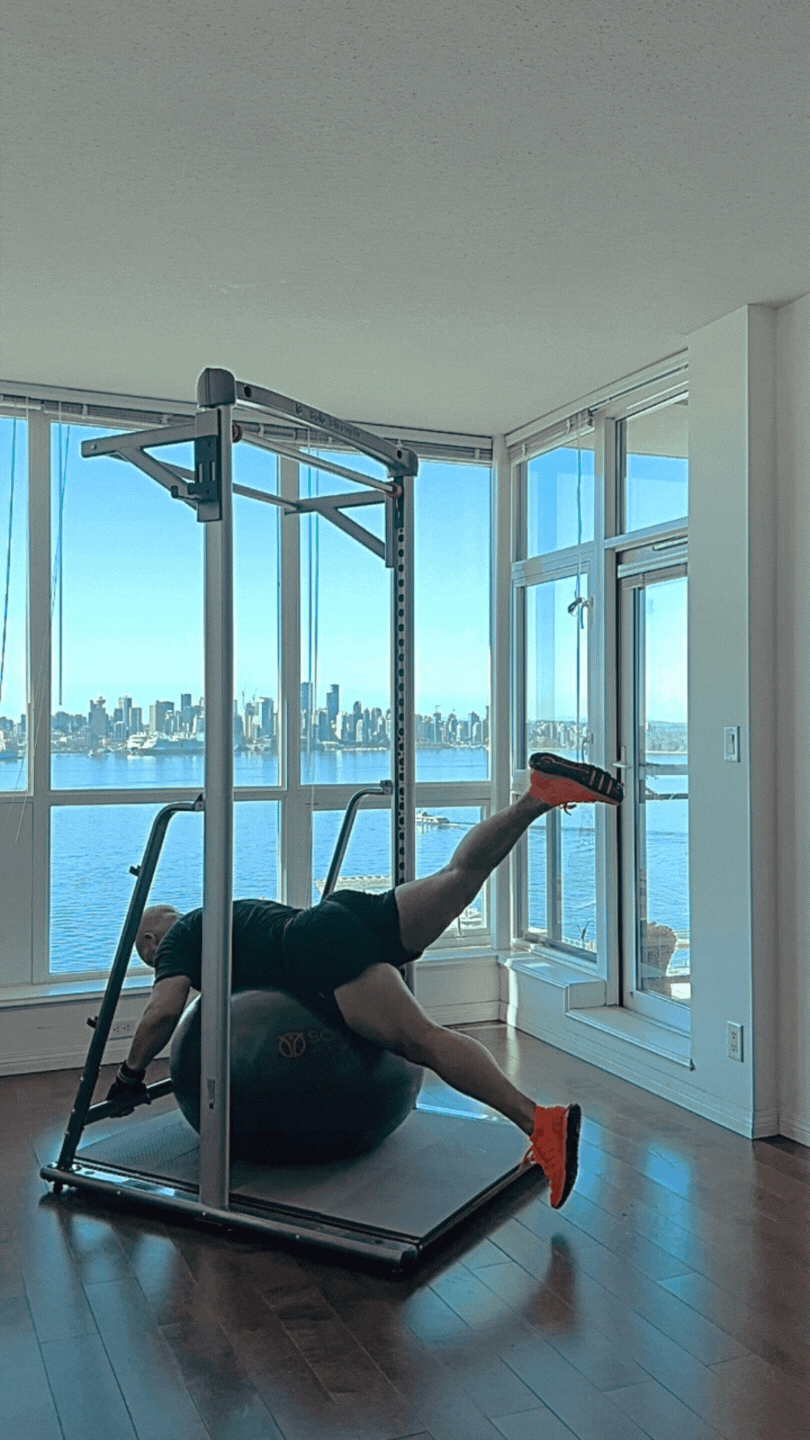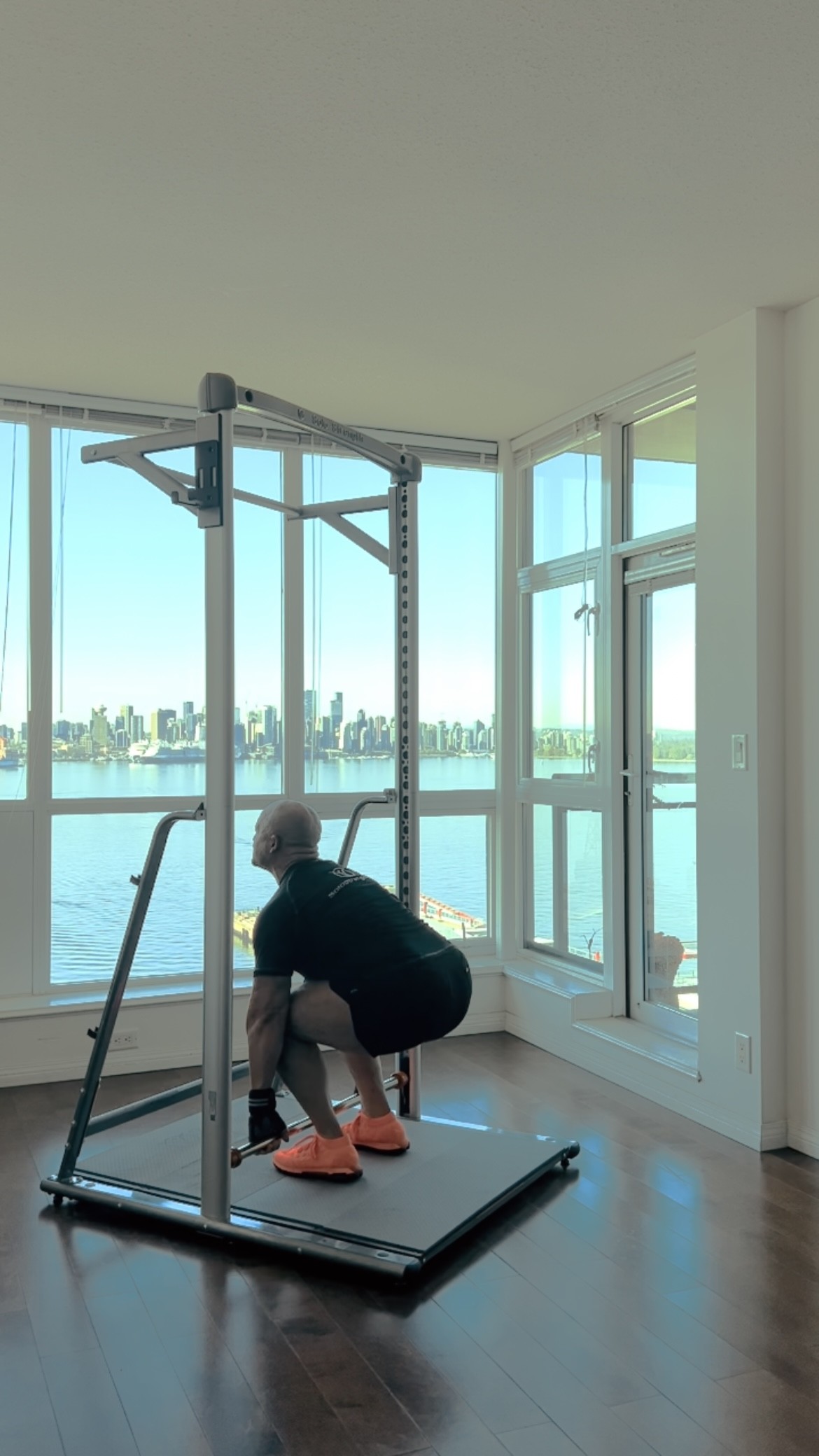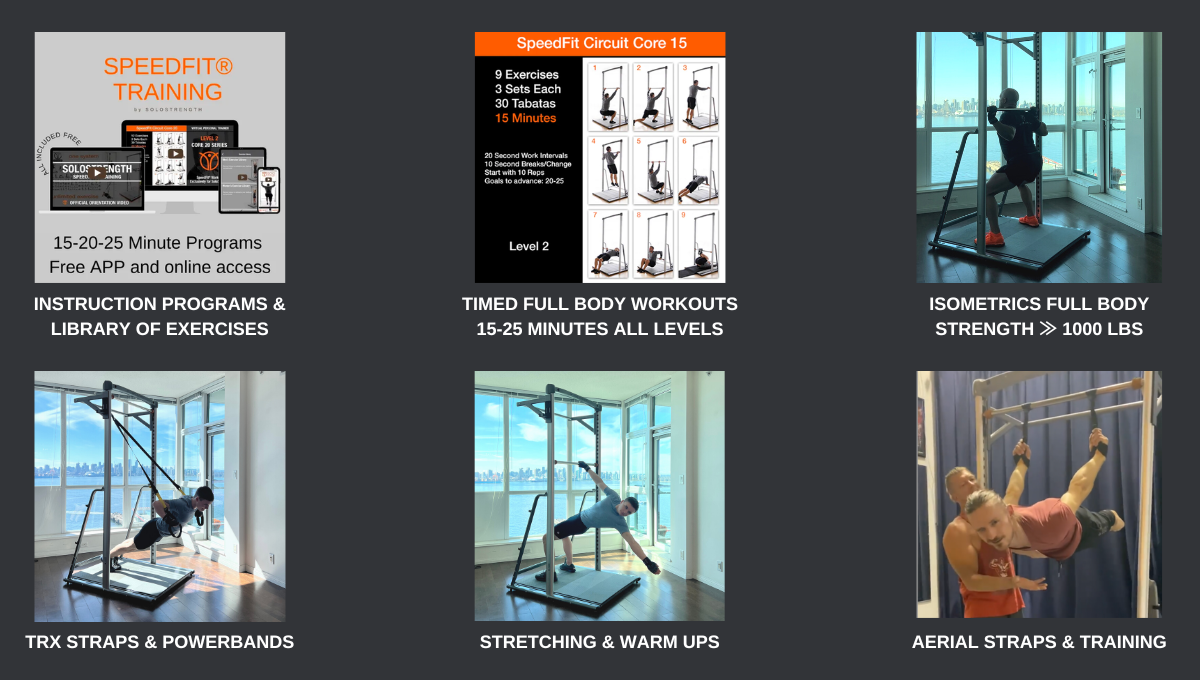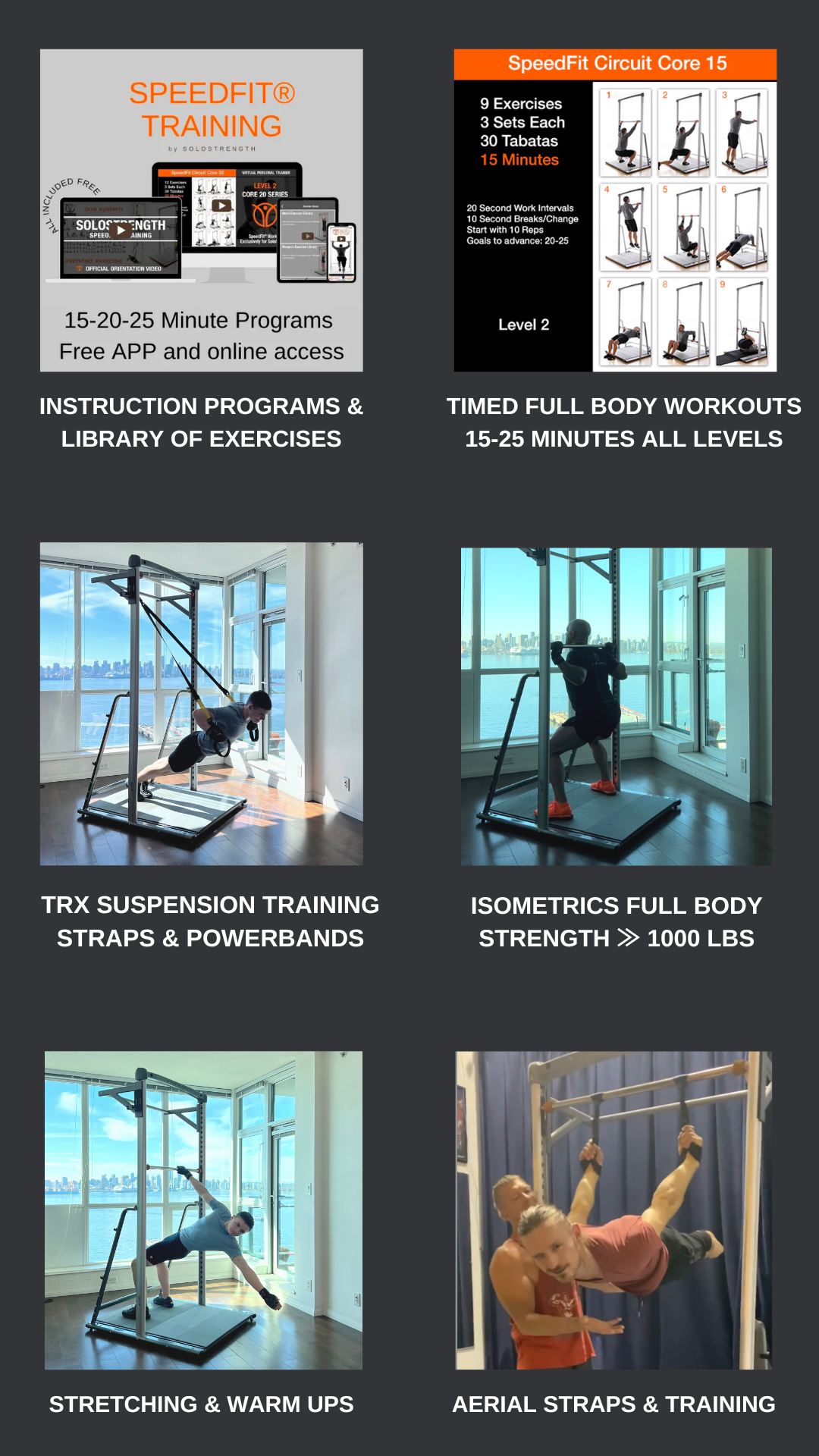The Best Body Weight Arm Exercises
Part of the SoloStrength Body Weight Exercise Series
Introduction
There’s a reason why they are the only body part with a nickname. The arms, in particular the biceps, are often called the guns. This is because properly developed arms are highly sought after. The purpose of this article is to give you exercise ideas to help you develop your guns. But first, an overview of the muscles involved.
The biceps, triceps, and forearms are key muscles that contribute to overall upper body strength and stability. The biceps, located on the front of the arm, are responsible for arm flexion and play a role in many upper body movements. While referred to as one unit, they are made up of several muscles. The biceps brachii are the muscles one typically thinks of when picturing the biceps. They are made up of two heads, hence the name. They are responsible for elbow flexion and hand pronation (rotation with palm face down).
The brachialis on the other hand sits under the biceps brachii and is only involved in elbow flexion, not hand pronation. Lastly, the coracobrachialis attaches to the scapula and assists the arm with forward flexion. While the biceps brachii form the bulk of the biceps, the coracobrachialis also contribute. A large coracobrachialis will push up the biceps brachii so it looks larger.
The triceps, located on the back of the arm, are responsible for arm extension and help support the upper body in activities like pushing and lifting. Like the biceps, their name gives a hint with regards to their form. They are made up of 3 heads.
The forearms, which are often overlooked, play a critical role in grip strength and stability. They have an anterior compartment (palm side) responsible for making a fist and a posterior compartment for extending the fingers. Although the anterior compartment is significantly stronger, muscle contractions are stronger and more efficient when both opposing muscle groups (agonist and antagonist) contract in unison.
Benefits of Training the Arms:
Improved grip strength
Enhanced upper body stability
Reduced risk of injury
Improved posture
Increased overall upper body strength and definition
Chinups
How to do them:
Set the SoloStrength Training Station adjustable bar to its maximum height.
Grab onto the bar, palms facing backward.
While keeping your shoulder blades depressed and retracted, pull yourself up through your biceps until your chin is above the bar.
Pause, then let yourself down slowly.
If you need an easier variant, lower the bar and use your legs to assist you. If you can’t do anymore but would like more reps, try negatives.
Jump up to get in position with your chin above the bar.
Very slowly, let your body drop down until your arms are fully extended.
Let go of the bar and jump up again to repeat the process.
The negative portion of a movement has a lot more power than the positive and is a great way to squeeze out additional reps.
Side Chins
How to do them:
Side chins are very similar to chinup but instead of pulling yourself straight up, you will be pulling your chin towards one hand.
Each rep will alternate sides.
To make this easier, lower the adjustable bar and use your legs to help.
Standing Arm Curls
How to do them:
Set the SoloStrength Training Station adjustable bar height to approximately face height.
Grab the bar with both hands at a shoulder-width distance, palms facing upwards.
Stand with feet shoulder-width apart, directly under the bar, so that you are standing at a slight angle.
Your starting position should be with your arms bent.
Extend your arms as you lean back, keeping your back and legs straight.
Squeeze your biceps to pull yourself back up, while maintaining retracted scapulas.
For higher difficulty, consider doing single-arm curls.
Standing Curls with Bands
How to do them:
Secure the bands to the lower nonadjustable bar on the SoloStrength Training Station - or stand on them.
Grip the handles on either side of your body, palms facing forward.
While keeping your back straight and abs tight, flex your biceps against the resistance of the bands until your arm is flexed all the way.
Pause, then bring your arms down slowly in a controlled fashion.
Repeat this process.
For a variant, keep your palms facing inwards. This is known as the hammer curl and mainly works the brachialis. To modify this for a more complete arm workout, once elbows are fully flexed, raise the elbows a bit so the forearms are completely vertical. This will increase the time under tension for both brachialis and biceps brachii, but also stimulate the coracobrachialis, which flexes the arm forward.
Inverted Biceps Curl
How to do them:
Set the adjustable bar on the SoloStrength Training Station just above hip level.
Get under the bar, so that your arms can hang straight without your back touching the ground, palms facing up.
Bend your knees to keep your torso horizontal.
Keeping your scapulas retracted, flex your biceps, pulling your chest up to the bar.
Pause, then let yourself down slowly in a controlled manner.
Dips
How to do them:
Begin by facing the Solo Strength Training Station with an attached dip bar above hip level and placing your hands on the parallel bars, with your palms facing down and fingers pointing forward.
Support your weight on your arms and straighten your arms to lift your body off the ground, keeping your legs together and straight.
Slowly lower your body by bending your elbows, lowering yourself towards the ground until your arms form a 90-degree angle.
Push yourself back up to the starting position by extending your arms, keeping your body straight and your core engaged.
Overhead Triceps Extensions with Bands
How to do them:
Secure the bands to the nonadjustable bar on the SoloStrength Training Station.
While facing the opposite direction, grab onto the straps with your arms straight up, elbows bent backward behind your head.
Extend your arms upward so that your hands are directly over your head.
Pause, then control your arms back down to the starting position.
Repeat.
Tips
Maintain a caloric balance. There is no need to drastically increase your caloric intake just because you are exercising. Find out your total daily energy expenditure and aim for staying within it. If you’re trying to lose fat, a 500-calorie daily deficit will help you lose 1 pound of fat per week.
Take a multivitamin. This is especially important when in a caloric deficit, as you have less opportunity to get all the nutrients you need. It is also important to supplement if maintaining your weight due to the changes your body is going through.
Don’t supplement in place of higher quality food. Many take protein supplements thinking it will aid with exercise. While this is true, and supplementing is often better than not doing it, it should never replace higher-quality food. If given the choice, always choose high-quality food over protein supplements.
Drink plenty of water. Many processes in the body depend on adequate water intake for proper functioning. Not drinking enough will leave you feeling tired, groggy, and you will recover much more slowly.
Supplement with electrolytes. Electrolytes are lost in the form of salt in sweat. It’s important to replenish them after a workout and is one of those things that you notice immediately. Try an effervescent electrolyte tablet next time you sweat a lot. Or if, you need something quickly, add a pinch of salt and baking soda to your water.
What’s Next?
Add these arm workouts to your routine and you will inevitably develop your “guns.” This wraps up the series on body weight training. Check back frequently for new blog posts, as we will be covering topics such as how to set yourself up for success with a program, nutrition, and optimizing strength and growth.
View more SoloStrength SpeedFit® Training Here.
Or navigate to other articles in this series:
Posted: February 15, 2023
Exclusive for SoloStrength Lifestyle Products.
More and more with SoloStrength...
Choose Your Perfect Ultimate Strength And Stretching Training Station:
#1 Bodyweight Home Gym Workout Systems
NEW Adjustable Pull Up Bar
Calisthenics Workouts
Isometrics Equipment
Bodyweight Exercise Equipment

SoloStrength Adjustable Height Bar Changes Everything
✓ 3 Second Bar Height Changes
✓ No Setup Time To Start Your Workout
✓ Full Body Satisfying Workouts
✓ You Just Feel Awesome Every Workout
✓ Calisthenics, Stretching, Isometrics
✓ Circuits, Cardio Functional, Strength
✓ Get FIT Faster. Stay FIT Forever 💪
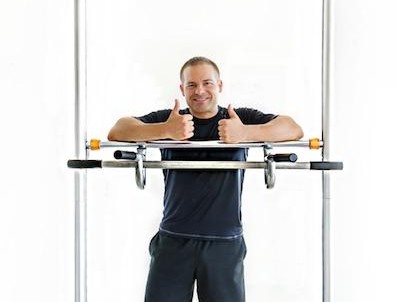
Welcome! Take this opportunity now to SIGN UP FOR MORE!
You can join over 50,000 subscribers worldwide and 1000s of customers who are taking control of their fitness and getting more from their workouts with SoloStrength® training systems!
